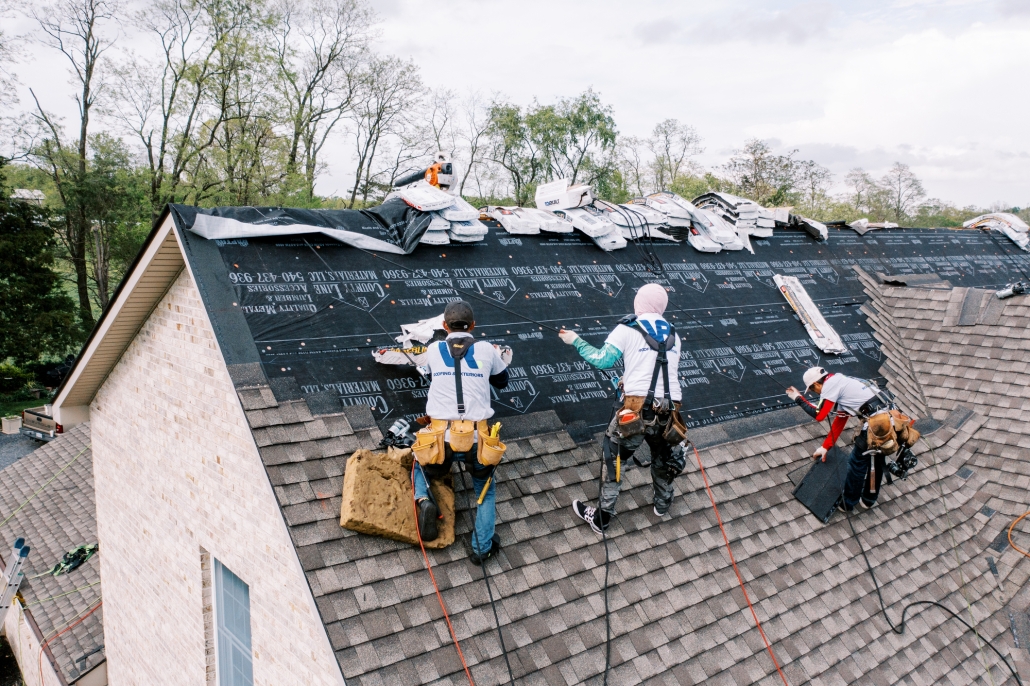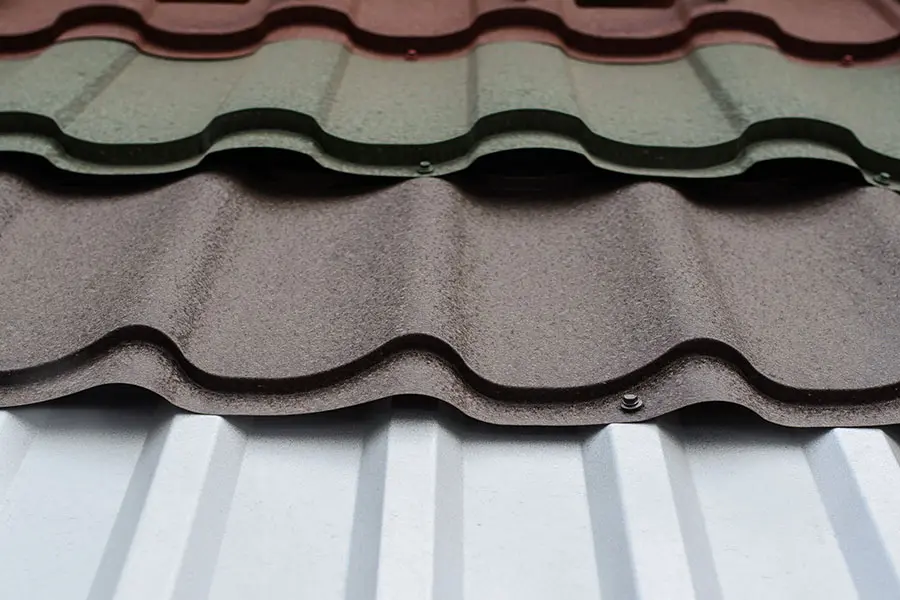Best Practices for Ensuring Correct Roof Ventilation
A balanced intake and exhaust vent ratio, commonly 1:300, plays an essential duty, with intake vents ideally put at the reduced side of the roofing system for cool air entrance and exhaust vents at the optimal for cozy air leave. Keeping insulation away from vents is important to protect against airflow constraint.
Understand Air Flow Essentials
Properly comprehending ventilation basics is necessary for making sure the longevity and effectiveness of roofing systems. Reliable ventilation reduces wetness accumulation and temperature extremes in the attic, both of which can result in significant structural damages gradually. A well-ventilated roof helps in preventing typical concerns such as mold development, timber rot, and ice dams, which can endanger the honesty of the roof materials and the underlying frameworks.
The main objective of ventilation is to facilitate the motion of air, enabling for a constant exchange between the interior and outside environments. This balance is accomplished via a mix of consumption and exhaust vents that function together to maintain optimum air movement. Consumption vents, normally situated along the soffits or eaves, allow fresh air to get in the attic space, while exhaust vents, often situated at or near the roofing system ridge, allow hot, damp air to get away.
Secret factors affecting the effectiveness of roof covering air flow include correct positioning, adequate sizing, and guaranteeing that both intake and exhaust vents are unhampered. Regular assessment and maintenance are crucial to identify possible obstructions, damage, or inefficiencies in the air flow system, consequently securing the roofing's performance and durability.
Kinds Of Roof Covering Vents
Roofing system vents play a vital duty in maintaining reliable attic room air flow and, by extension, the total wellness of the roof. Various kinds of roofing vents are available, each with special advantages tailored to details roofing demands. Ridge vents, for instance, are mounted along the roofing system's peak, permitting cozy, humid air to get away from the attic room. They use constant air flow and mix perfectly with the roofline, making them both reliable and cosmetically pleasing.

Soffit vents are installed under the eaves and job in tandem with roofing vents to guarantee a well balanced consumption and exhaust system. By enabling cooler air to get in from below, soffit vents help with the expulsion of warm air through upper vents. Gable vents, situated on the outside walls of the attic room, deal another efficient solution, especially in homes with saddleback roofs.
Evaluate Your Present Air Flow

Next, consider the age and problem of your roofing products and air flow elements. Older systems may not follow present building regulations or might have worn away over time, minimizing their efficiency. Conduct an extensive examination to determine any indications of damage, such as corrosion, damage, or spaces that can compromise the system's efficiency.
Additionally, determine the attic room temperature level and humidity levels. Heats and moisture can suggest inadequate ventilation - roofing companies in gainesville florida. Use a hygrometer and thermometer to obtain exact readings, contrasting them with outdoor problems. Persistent inconsistencies recommend prospective problems that require addressing.
Installment Best Practices
Reliable installation of roof covering air flow systems is critical for guaranteeing optimal performance and durability. Appropriate installation begins with comprehending the details air flow needs of the building and the roofing it covers. This entails calculating the proper proportion of consumption to tire vents, usually sticking to the 1:300 policy, which specifies one square foot of air flow for every 300 square feet of attic room flooring room.

Intake vents need to be installed at the roof covering's lower edge, often in the soffits, to enable awesome air to go into. Exhaust vents, on the various other hand, should be set up near or at the roof's height to promote the exit of warm, moist air.
Seal all vent links diligently to avoid air leaks and prospective water seepage. Use high-quality products and follow producer standards to make certain longevity and effectiveness. Additionally, integrating ridge vents with baffles can dramatically enhance airflow performance by stopping wind-driven rainfall and snow from getting in the attic room.
Ultimately, accurate setup of roof covering ventilation systems reduces prospective concerns such as mold growth, ice dams, and structural damage, making sure the roofing system's stability and the building's overall wellness.
Normal Upkeep Tips
Uniformity in upkeep practices is basic to making certain the lasting efficiency of roof ventilation systems. Normal evaluations are important, ideally carried out biannually-- in the springtime and autumn. During these inspections, make sure that vents are complimentary of debris, nests, and other blockages that could restrain air movement. Look for any indicators of wetness buildup or mold, as these can suggest inappropriate Read More Here ventilation or leaks (roofing companies gainesville florida).
Use a soft brush or a vacuum cleaner to remove great post to read dust and particles from intake and exhaust vents. Be mindful not to damage the air vent displays or louvers throughout the process.
Proper insulation is equally essential. Make certain that attic room insulation does not block the vents, as this can severely limit air movement. Rearrange or replace it to keep an effective barrier. if any type of insulation has changed or worked out.
Finally, replace any kind of harmed or missing components immediately. Broken vents, broken roof shingles, or tatty blinking can all contribute to inadequate ventilation and must be attended to without hold-up. Normal upkeep makes sure that the roofing ventilation system functions optimally, consequently expanding the life-span of the roof covering itself.
Final Thought
Making certain proper roofing air flow is paramount for preserving the effectiveness and durability of a roofing system. Adherence to the 1:300 consumption and exhaust vent ratio, paired with the tactical placement of vents, is necessary. Normal semiannual assessments, debris cleansing, and making certain insulation does not obstruct air movement are crucial practices. Carrying out these best techniques will certainly cultivate a well-ventilated roof, consequently reducing potential concerns associated with moisture build-up and extreme heat, ultimately lengthening the roof covering's life-span.
A balanced consumption and exhaust vent proportion, frequently 1:300, plays an essential function, with intake vents ideally placed at the lower edge of the roof covering for great air access and exhaust vents at the top for warm air exit. Intake vents, usually located along the soffits or eaves, permit fresh air to enter the attic space, while exhaust vents, frequently located at or near you could look here the roofing system ridge, enable warm, moist air to leave.
Soffit vents are installed under the eaves and work in tandem with roof vents to guarantee a well balanced consumption and exhaust system. By allowing cooler air to go into from below, soffit vents assist in the expulsion of warm air with upper vents. Adherence to the 1:300 consumption and exhaust air vent proportion, paired with the tactical positioning of vents, is necessary.